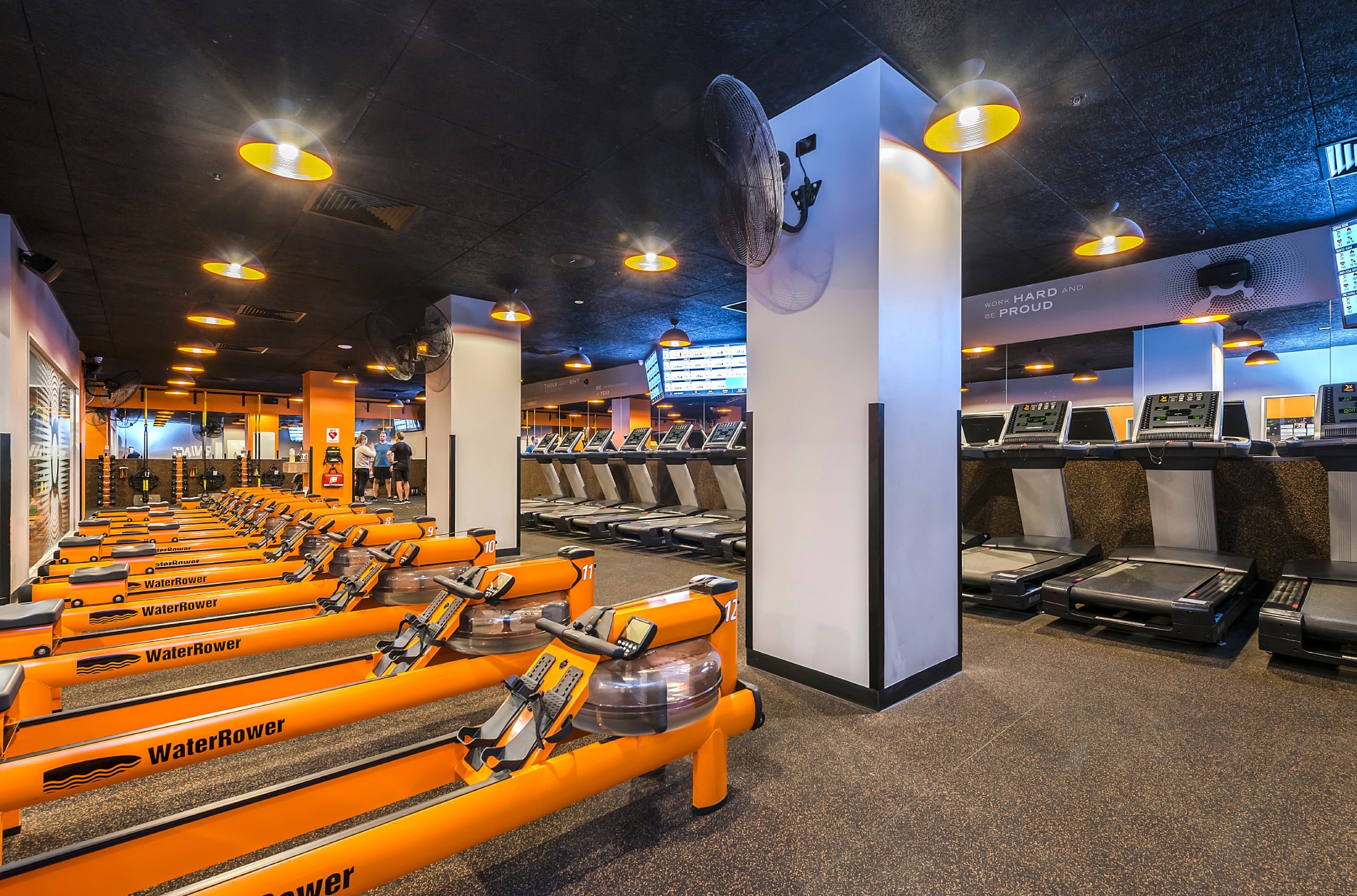Many retailers enjoyed an unexpected increase in sales towards the back end of 2020 which can be attributed to a combination of enhanced online shopping experience, flexible payment options and a spike in personal savings.
The figures barely resemble early the 2020 forecast of an impending downturned economy with National Retail Association Chief Dominique Lamb reporting a 7.1 per cent increase in retail trade, up 13.3 per cent from 2019. Lamb, in a recent Finance News Network interview, further added that many brands honouring flexible buy now, pay later options saw their cart size “double” and the sales on their online platforms “have gone up by a hundred per cent”. The good news for the Commercial Property Market is that there is opportunity to keep pace with the acceleration of online retail. In terms of leasing, industrial sized warehouses, inventory and storage facilities need to be carefully considered to replace the bricks and mortar in order to cater to the online sales spike and the subsequent need to store goods for immediate dispatch.
Typically, retail booms when tourism does and vice versa but commercial property agents looking for long term, reliable leases will take comfort in knowing that this doesn’t have to be the case. Without the annual influx of tourism, iconic retailers such as: Harvey Norman, Nick Scali, Shaver Shop, Premier Investments and have posted record sales through 2020 despite many of their stores being closed at times due to the pandemic. Preliminary Australian Bureau of Statistics data shows national spending was up 13.2 per cent compared to the same time in 2020. Australian Retailers Association’s CEO Paul Zahra told InDaily “NSW and Victoria uphold a gold standard for trading hours that are unrestricted and can respond to consumer needs” which underscores the importance of retailer flexibility to increase foot traffic and overall economic viability of a given shopping precinct.
Whether you are a small to medium enterprise (SME) or looking to lease a property or part of a conglomerate, retailers are able to wield social media to bolster the customer experience and deploy contingency plans online. When looking at both ends of the spectrum, retail giants like Kmart have the digital might to disseminate quick responses such as the 20-minute shopping period offered to customers wishing to book at a time that suits them. Moreover, Chadstone’s ‘COVID control room’, which measures the density and popularity of a certain destination within the centre, highlights human ingenuity and the ability to respond to threats in a way that actually enhances the shopping experience. Potentials to fit larger, commercial properties with enhanced technology are selling points certainly worth considering for agents as they ensure a great level of safety for patrons.
Although most SME’s do not have the resources to install queue-up apps or wi-fi trackers, Dr Grimmer, of the University of Tasmania told the New Daily that “these retailers are using social media and digital marketing to great effect as a result of lockdowns and restrictions on shopping in stores, which means they can personalise their communications with customers and ensure they provide a COVID-safe shopping experience”. Smaller retailers looking to retain their bricks and mortar shops may consider commercial properties that accommodate a regulation desk set up or small office space to consolidate their company’s communications.
The challenges faced by retailers in a post-pandemic economy look erringly similar to the challenges posed previously- automation, online shopping and recession. However, these are also opportunities to stay more relevant than ever and commercial real estate agents who can guide their client to the right property, to keep pace with new market trends, will be a significant contributor to their success story.
